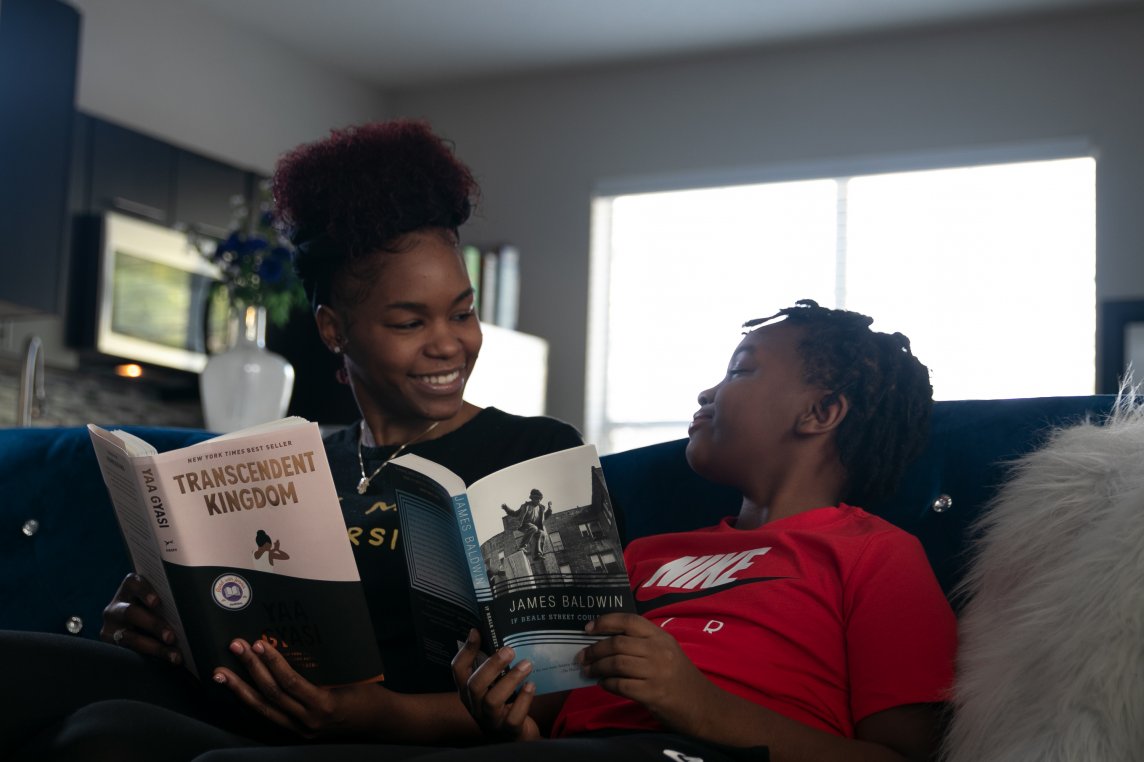Age-by-Age Guide to Talking About Race

One day, you're standing in an elevator and your three-year-old points to a person of a different race, blurting out, "Mommy, that man has funny color skin." What do you say?
This article was written partially by Kara Corridan and Wanda Medina
One day, you're standing in an elevator and your three-year-old points to a person of a different race, blurting out, "Mommy, that man has funny color skin." What do you say? We've highlighted what children understand about race and how to talk to them about it.
Ages 6 months to 1 year: Studies show that babies recognize differences in skin color and hair textures, says Rebecca Bigler, Ph. D., an associate professor of psychology at the University of Texas at Austin, who has studied children's racial attitudes. Even before they can talk to their children, parents can teach through their actions. In addition, do your best to expose your child to a diverse environment. It's important for kids to see their parents interact socially with people of other racial and ethnic groups. While it’s important to talk about physical differences (hair type, skin and eye color, and even height), you should also call attention to the special talents inherent in diversity. Try, “Everybody is special, and so-and-so is special because his family can speak another language,” says Harriett Romo, Ph.D., director of the Child and Adolescent Policy Research Institute. By doing this, you’ll teach them to focus less on how someone looks and more on what they offer.
Ages 2 to 3: When children become more vocal, it's normal for them to spontaneously start talking about skin color. So help your child by replying in a calm, positive tone, "Yes, he does have brown skin. It's not the same as yours, but it's a really nice color too." It's also fine to bring up people's physical differences before your child does. A smart time to do this is when you're playing with toys and already pointing out various physical attributes: "This doll has a hat on, that one doesn't; this one has dark skin, that one doesn't." Another way to ensure your child grows accustom to understanding others is to have plenty of books and other objects that show people with glasses, different color skin, etc.
Ages 4 to 6: It's common for children this age to assign positive traits to people of their own ethnic group and negative traits to people who look different, says Dr. Bigler. As a result, you may hear troubling comments like "That boy has funny-looking eyes" or "Her skin is dirty." The best way to respond is to rebut these statements in a calm, straightforward manner. "Her skin isn't dirty, it's just not like yours. People are all different skin colors." Talk to them about smashing stereotypes by learning about the important contributions made by people of color.
For older children, chapter-book series such as Who Was? illustrate the accomplishments of people like Jackie Robinson, Malala Yousafzai and Frida Kahlo. Celebrate your child’s own cultural strengths, and encourage them to step it up.
“For example, if you see someone struggling with a language barrier, help them out and tell your child, ‘See how important it is that we speak two languages and can help [translate],’” Dr. Romo says.
Visit this website for further information: https://www.parents.com/parenting/betterparenting/teaching-tolerance/talking-about-race-with-kids/
Anne E. Mead, Ed. D., is the administrator for the Early Childhood Education and Extended Learning Programs of the Danbury Public Schools. If you have any questions, please feel free to contact her at 203-830-6508 or meadan@danbury.k12. ct.us.







